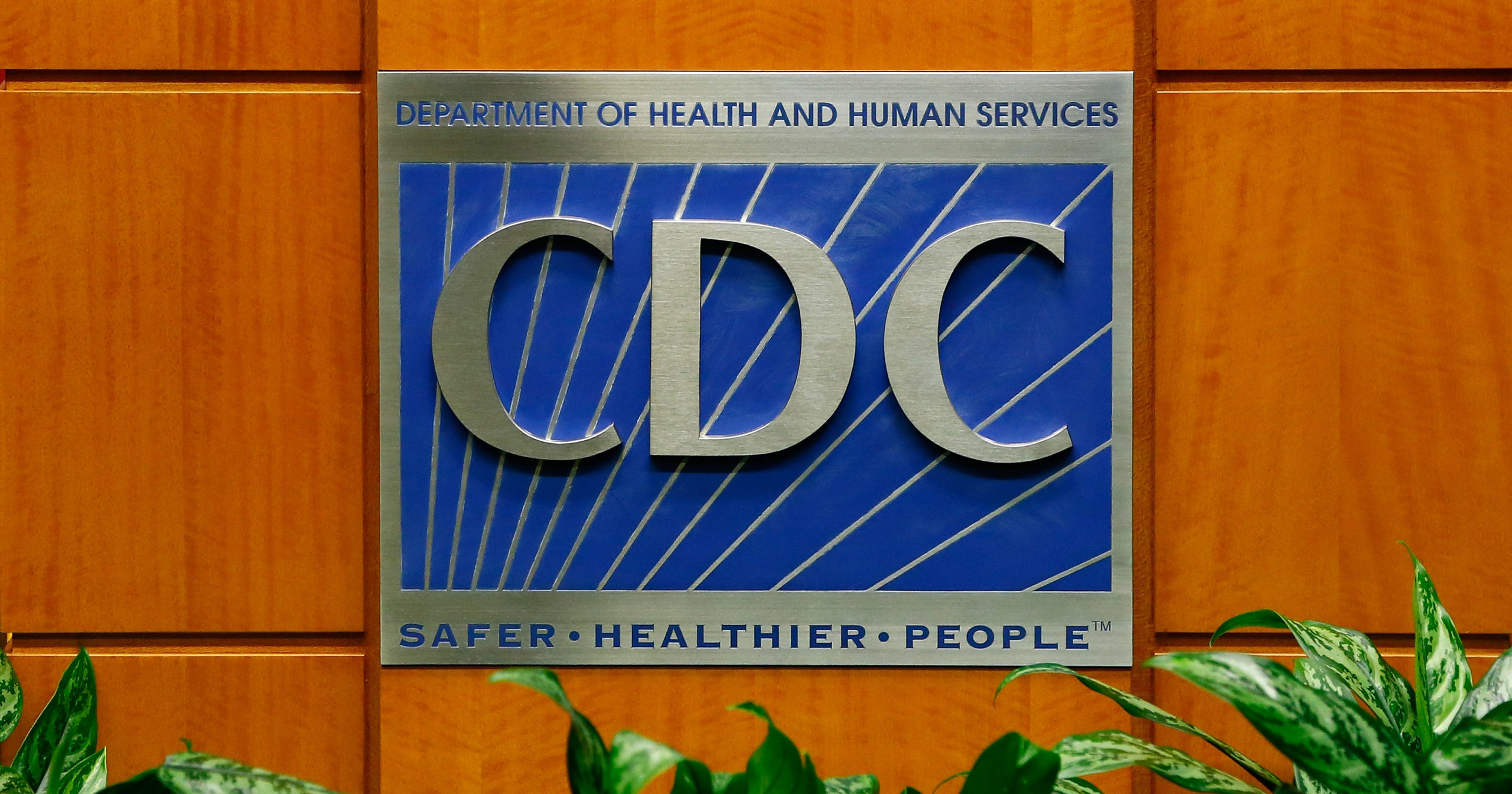Everyone get ready to make some major changes to your COVID-19 precautions, because a major new update in health and safety guidelines just dropped: The CDC is now recommending those who test positive for COVID-19 just post a picture of their positive test on social media and do whatever people suggest they do in the comments.
Better take note! Looks like there’s a new standard procedure for how to handle a positive COVID test.
The CDC posted the updated COVID protocols on their website this morning, removing all references to isolation periods, masking, and treatments following an infection, and replaced them all with a new section which states, “Those who test positive for COVID-19 should immediately post a photo of their positive test to their Instagram story, Twitter, or Facebook feed and follow whatever advice people give them in the comments. It doesn’t matter how well you know the person or if they’ve ever actually had COVID-19, you should follow their advice as if it’s coming directly from a government health agency or your doctor.”
The CDC’s guidance continues, “Even if the comment is from the least healthy person you know or someone who just thinks they had COVID because they ‘were really stuffed up for like 2 months,’ you should follow their advice to a T, no matter how many typos there are or how many times they contradict themselves within their own post. Whatever they say you should do, that’s what we say you should do.”
Alright! This is good to know. It’s awesome that the CDC is keeping us so up-to-date about the most modern methods for how to deal with the coronavirus!
According to the CDC’s website, after posting that you have COVID on the social media platform(s) of your choice, possible examples of comments you should follow include:
“Orange juice, lots of rest, and binging Better Call Saul got me through it!”
“Kept working and going to the gym and symptoms cleared up in 4 days, honestly I’ve felt worse from allergies”
“echinacea tea!!!!!!!!!!1”
“I was really sick for 15 days but my hubsand never got it even though we slept in the same bed”
“Zinc. It works!”
and
“Ugh. So sorry to hear this! Kiddos brought it home from summer school last month. Peter was fine, just had your basic cold/flu symptoms, a little cough and congestion, but Alyssa got really sick. She never got her booster because we couldn’t find a pharmacy who was doing kids under 12 (in California no less! WTH!) She developed pneumonia and we had to take her to urgent care. I masked up the whole time, opened all the windows, sanitized every day, and I still got it! I felt OK but I think it was because I was in total mom mode taking care of the kids. Still have a little cough but I don’t know if that’s from the COVID or I’m just overthinking it. Matt never got it but we think he had Omicron before it was known as Omicron when he was down in Phoenix in November. My doc (great guy) who had BA.5 himself said that the best thing you can do is continue to rest for a week or so after even if you feel fine. He said there’s been some studies that show rest reduces the chance of a rebound infection and long covid (scary stuff, but good you’re vaxxed–it helps!). Message me if you need anything, you WILL get through this, but I know the timing isn’t great with the kids going back to school. Tylenol is your friend!”
This is definitely something to keep in mind as we navigate the pandemic going forward! Whether the CDC’s new protocols stems from realizing no one really listens to them anymore anyway, wanting to put the onus on your friends and family instead of themselves to figure out what the hell to do about COVID at this point, or because they’re just fresh out of ideas is unclear, but whatever their reasoning, these new guidelines are an absolute game-changer. It’s going to be much more convenient to just check the comments under the picture of your positive COVID test than it was to have to stay updated on the CDC’s ever-changing quarantine and treatment guidelines. Kudos to the CDC for doing everything they can to keep the public in the loop about best practices for dealing with the pandemic going forward.





